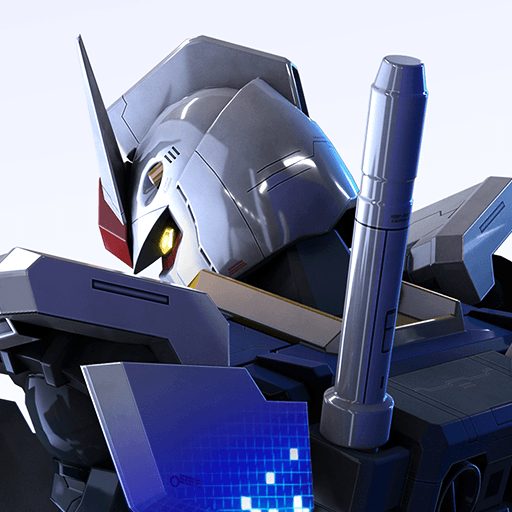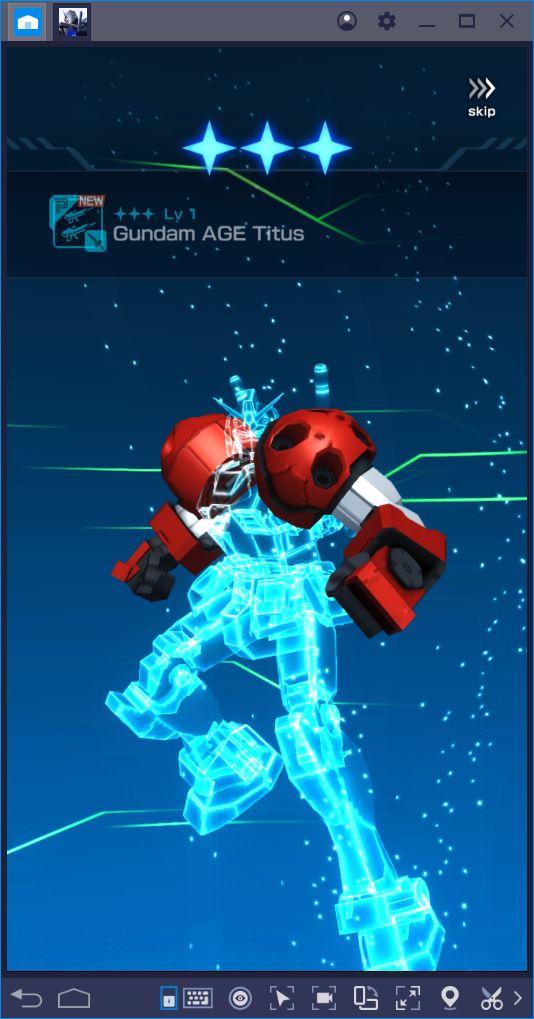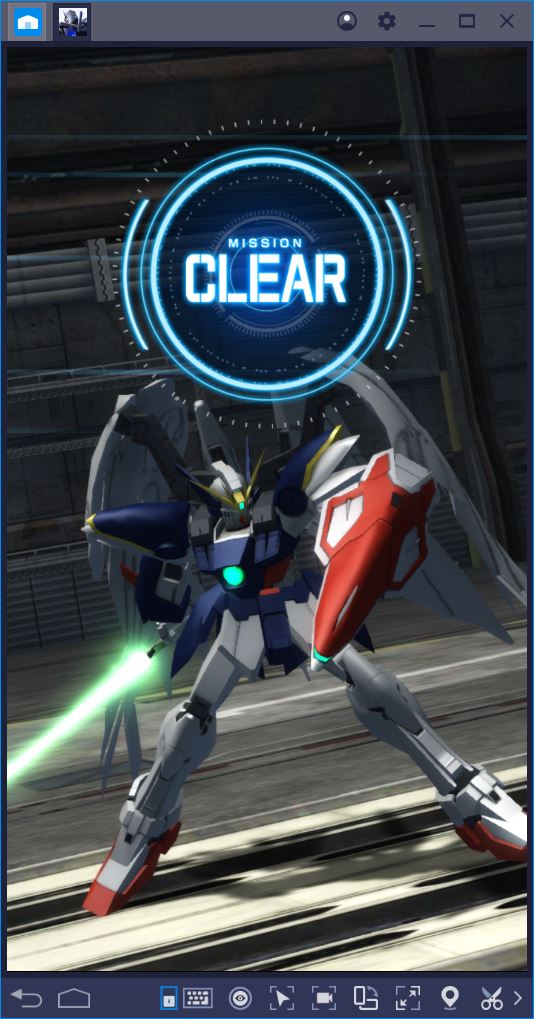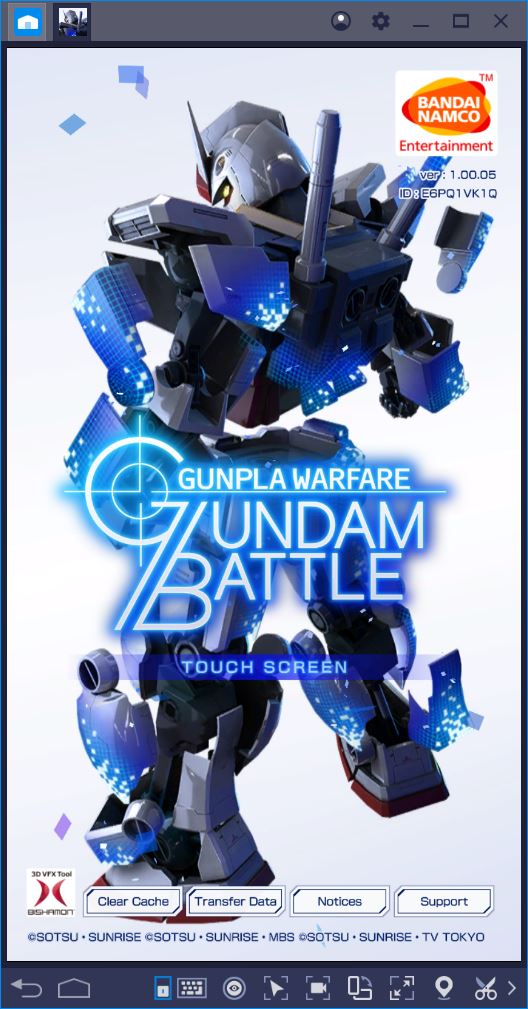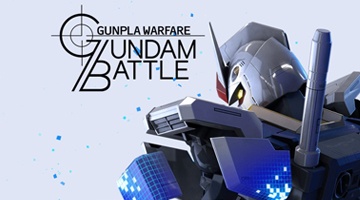GUNDAM BATTLE: GUNPLA WARFARE – How to Build a Powerful Gunpla
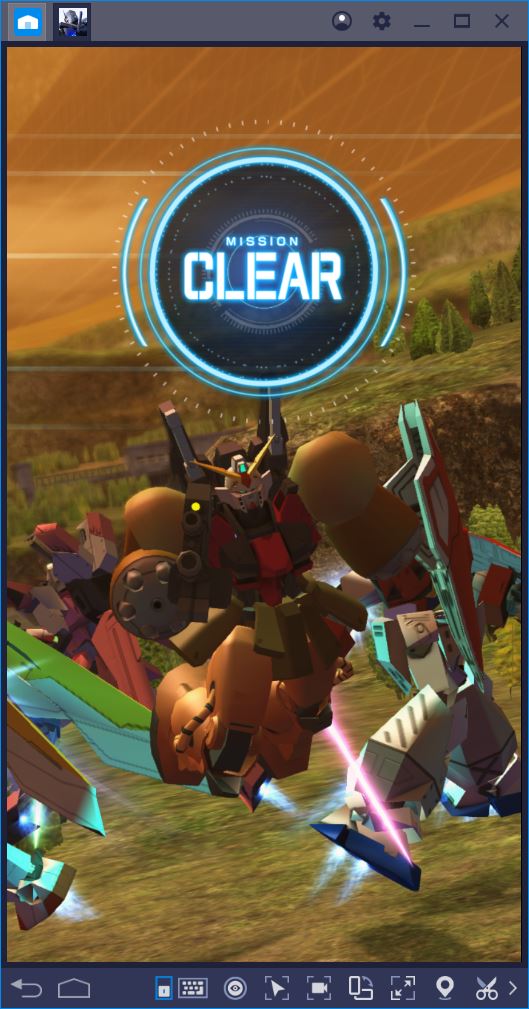
Gundam Battle: Gunpla Warfare looks simple to begin with, but is actually much more complex than meets the eye. Sure, the battles proper might catch your eye at first, yet the real fun actually happens behind the scenes, when you create your squad of Gunpla. Here, the developers have introduced a wide range of customization options that promote tactical and strategic choices on behalf of players… provided that you are aware of the existence of these features.

The tutorial is fairly comprehensive, but it tends to skip on essential details that can turn your average Gunpla into a beast. Rest assured, we’ve created a guide to building and optimizing Gunpla that will run you through all the minute stuff. No exceptions! It’s just below.
Choose the Right Attribute
Gunpla parts can have one of three attributes – Power (P), Speed (S), or Technique (T). The letter denoting the attribute of a specific part is found on the left upper corner of its icon, so it’s not too difficult to spot while building an MS. The attributes don’t mean much on their own, but rather function in relation to one another. As such, Power has an advantage over Technique, Technique is stronger than Speed, while Speed is stronger than Power.
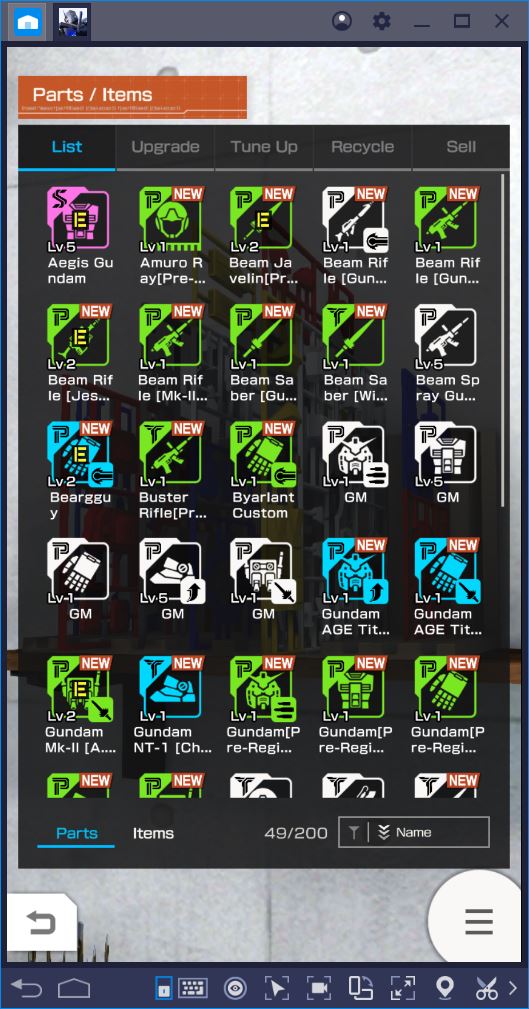
However, it’s not enough to equip a single part with a specific attribute in order to transfer it to your Gunpla. Instead, you have to equip at least 5 parts with the same attribute. Otherwise, if your parts feature a mix of attributes with neither of the three being present in 5 different instances, the Gunpla becomes Neutral.
The Neutral attribute is usually preferable during run-of-the-mill campaign missions, where you are likely to encounter a wide range of enemy Gunpla. However, when you are up against a single powerful enemy, you might consider specializing your main Gunpla to gain an advantage over the latter.
Activate Word Tags
Word Tags are similar to attributes in that you have to equip five parts with the same tag in order to activate it. In addition, Word Tags have a direct impact on your CPWR (or overall combat power), so you should consider them seriously as you build an MS.
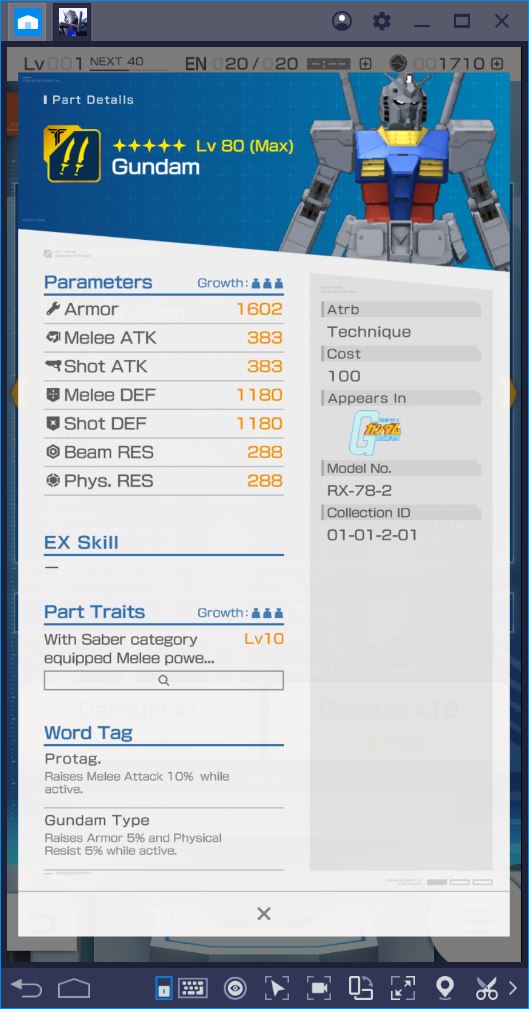
But these tags are more than a mere numbers boost. When activated, they can produce a several specific effects, such as providing more stamina, increasing your shot/melee attack, or bolstering your shot/melee defense. These bonuses can give you the upper hand during campaign battles and, more importantly, as you fight other players in the arena.
To inspect a part’s Word Tags, long click it in your inventory and find the correct information tab, where you’ll also be able to view the effects of different tags. Once a Word Tag is activated, it should appear in the Sortie menu prior to a battle.
Play GUNDAM BATTLE on BlueStacks
Part Passives or Traits
In Gundam Battle: GW, part passives are referred to as Traits. These can be viewed in the overview screen of any part, but do not require you to equip several parts in order to become active. Some Traits are active by default and may increase your damage, defense, stamina, or other attributes.
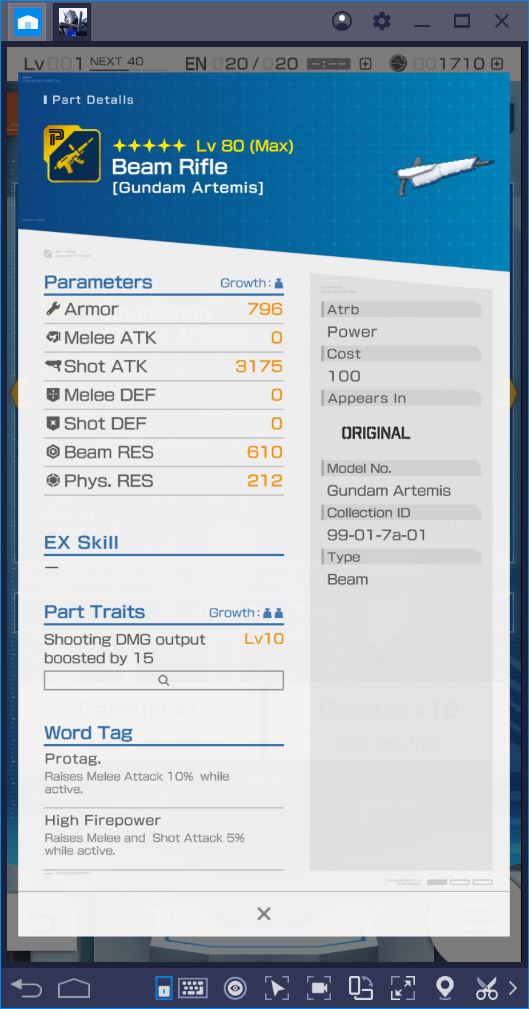
Other Traits, however, are only activated in specific situations. For example, the Nu Gundam head part can boost your power by a certain percentage (depending on its upgrades), but this only occurs when the Gunpla uses a Beam EX Skill. Otherwise, the part trait simply does not apply. To make the most of a powerful build, you have to select your parts in such a way that their Traits complement one another’s EX Skills and stats.
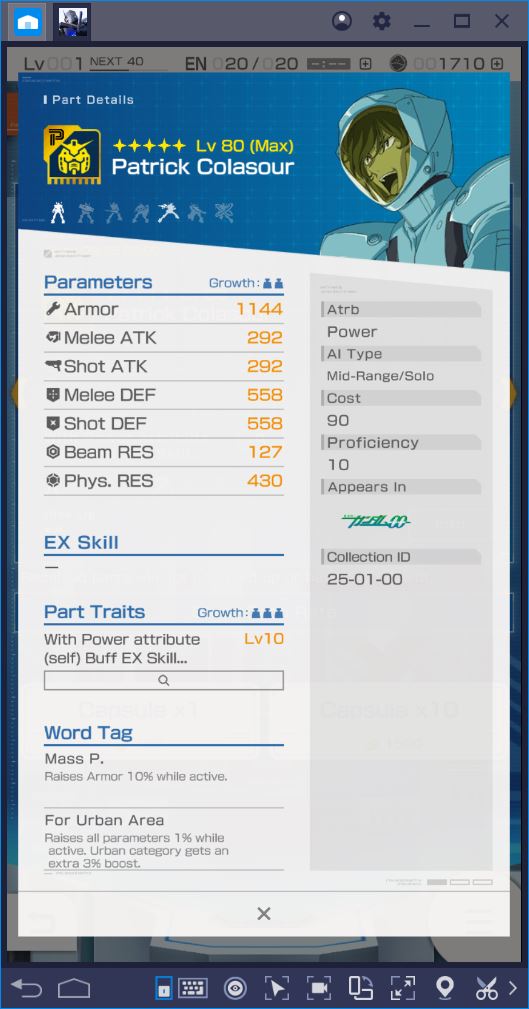
If you’re having trouble finding the right mix for a limited number of parts, don’t forget that pilots also have Word Tags and Traits. Use them wisely!
Base Stats and Native 4-Star Parts
Given the current battle mechanics in Gundam Battle: GW, base stats are somewhat of an issue. We’ve discussed this at length in our guide to playing the game for free, but, to give you the gist of it, native 4-star parts tend to have much higher stands than their 2- or 3-star alternatives. In short, although it’s possible to upgrade lower quality parts to 5 stars through lots of grinding and dedication, these parts can never be as good (in terms of base stats) as those that start out at 4-stars to begin with.
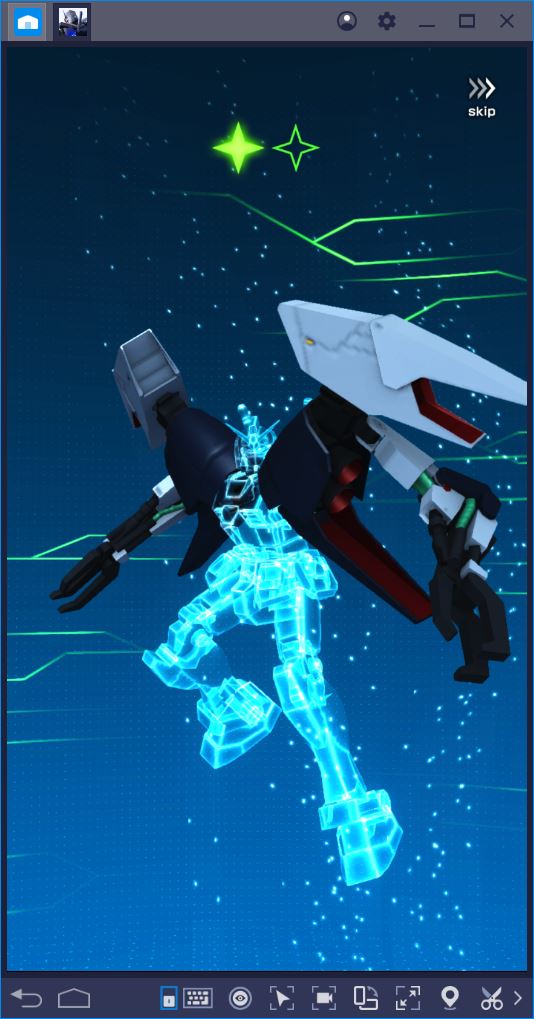
This poses a significant problem for F2P players, who are most likely to draw 2- and 3-star parts. Yes, there are some lower quality (free) sets that can stand up to best-in-slot choices, but even these have their limits. Unfortunately, no matter how fabulous a part is in terms of EX Skills, your Gunpla will do little to no damage to the enemy if the latter has a higher def stat that your attack.
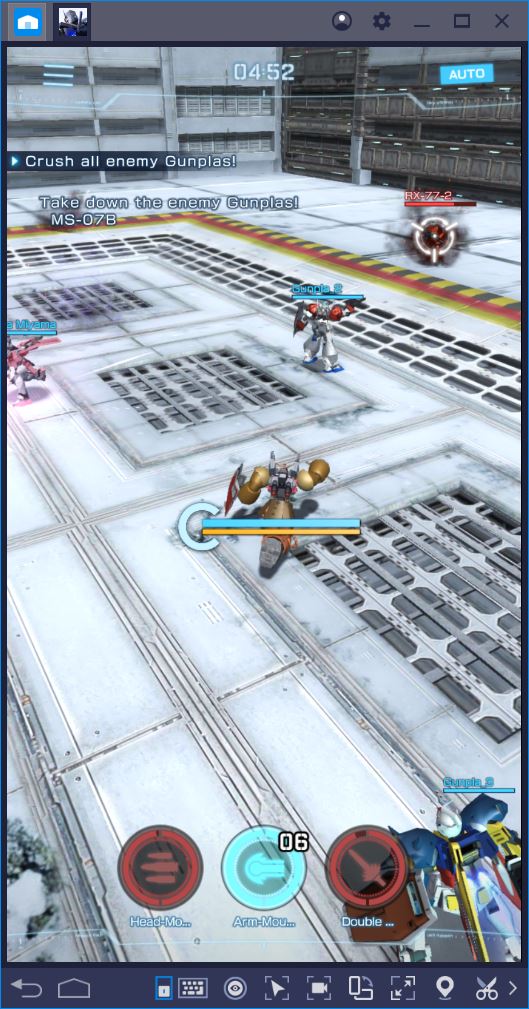
In other words, if you’re going for an optimal build, you should consider using as many native 4-star parts as possible. At the end of the day, this should also inform your choices in terms of which parts are worth upgrading and which are not.
Go for an Optimized Build
Given that the different characteristics of parts interact with one another to a great extent, you should always try to choose those components that best complement your core choices. How should you decide on core parts? Most of the times, the answer is simple. The vast majority of builds focus on one stat before all others – Melee/Shot Attack. For these builds, it is essential to max out this stat, which means your most important parts will be your Weapons, followed by the Head and Arms.

Once you’ve selected these parts, you can build your Gunpla from there. Aside from base stats, your next priority should be to choose the best EX Skills, activate up to 3 Word Tags, and use Traits that complement your existing equipment – in that order. This will guarantee a maximum CPWR count, as well as the greatest utility in combat.
You may have noticed that, while we did mention EX Skill a lot, we haven’t tackled the subject yet. Basically, these skills are diverse and important enough to warrant a guide of their own, which you can access here (link to “Gundam Battle: Gunpla Warfare – Compare and Choose the Best EX Skills”). Otherwise, you are now ready to not only build a powerful Gunpla, but also compare between different parts and create your own list of priorities for those expensive upgrades.

